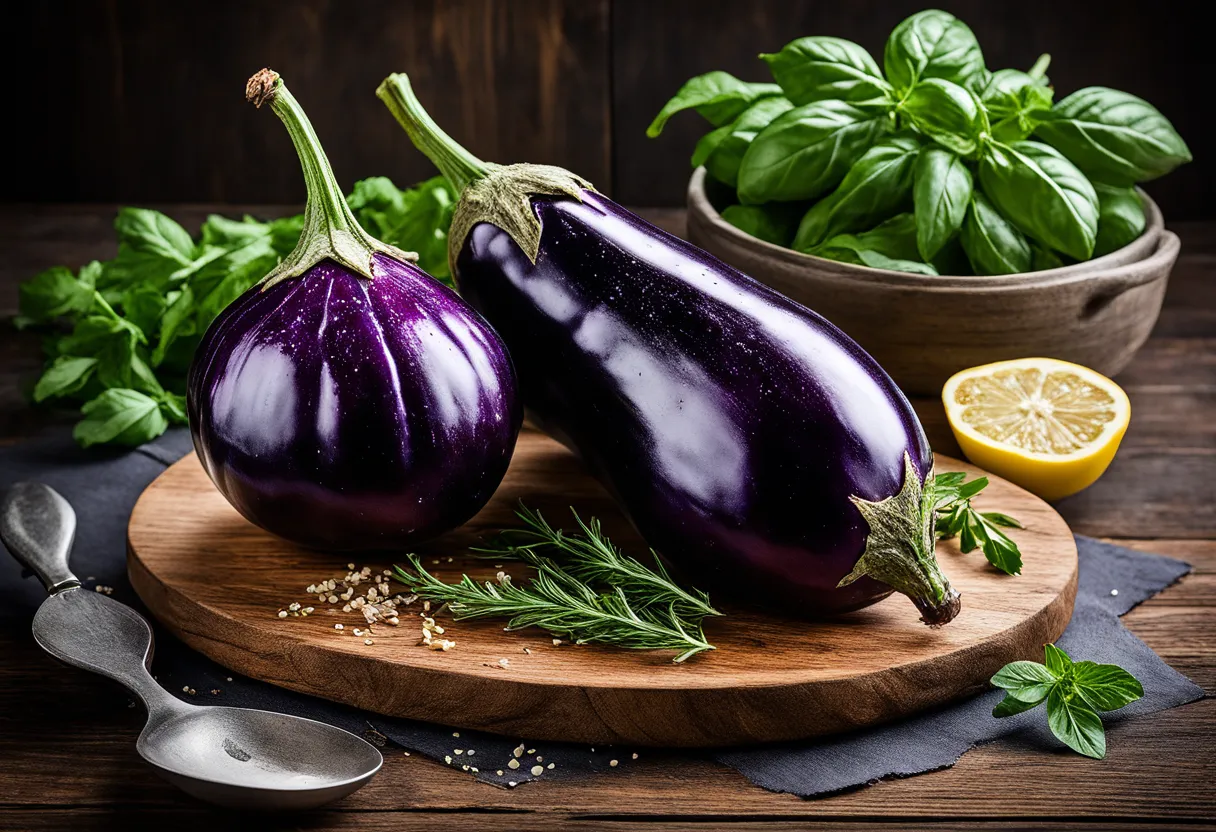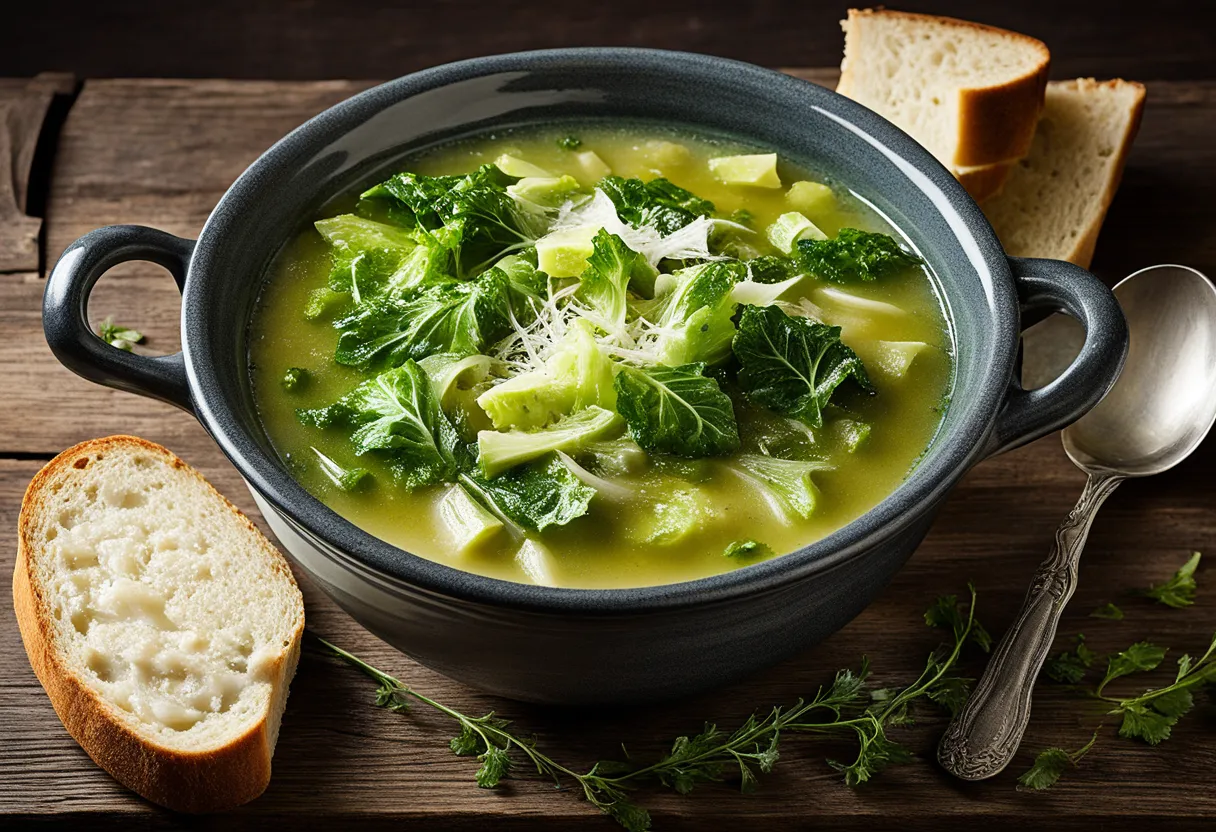Explore the vast world of culinary delights that start with the letter E. From exotic fruits to everyday essentials, this guide offers a taste of the diverse flavors and ingredients beginning with E. Imagine the surprise and explosion of flavors as we delve into foods that not only tantalize your taste buds but also enrich your diet with nutrients and culinary diversity. Whether you’re a seasoned chef or a curious foodie, the letter E is sure to bring some excitement to your plate.
Eggs, the quintessential kitchen staple, are as versatile as they come. Boiled, scrambled, poached, or baked – eggs are a powerhouse of nutrition and a fundamental ingredient in countless recipes across the globe. Think of them as the culinary world’s Swiss Army knife, ready to elevate any dish with their simple yet profound presence.
Eggplant, or aubergine as it’s known in some parts of the world, brings a meaty texture and deep flavor to dishes. It’s the star of the show in Italian parmigiana, Middle Eastern baba ganoush, and Indian baingan bharta. Its versatility makes it a beloved ingredient in kitchens from East to West, capable of absorbing flavors and transforming into a culinary masterpiece.
Edamame, young soybeans still in their pods, are a snack sensation and nutritional powerhouse. Often served steamed with a sprinkle of salt, these little beans are not only delicious but also packed with protein, making them a favorite among health enthusiasts and a staple in East Asian cuisine.
Escarole, with its slightly bitter taste, is a leafy green that packs a punch. Part of the endive family, it adds a robust flavor to soups and salads. Its rich, peppery undertones can transform a simple dish into something extraordinary, proving that sometimes, a bit of bitterness can lead to great things.
Elderberry is celebrated for its immune-boosting properties and tart, fruity flavor. Used in syrups, jams, and wines, this small berry is a powerhouse of antioxidants and vitamins. Whether you’re sipping on elderberry tea or spreading elderberry jam on your morning toast, you’re in for a delightful and healthful treat.
Eggs
, oh where do we begin? If there’s one food that deserves a standing ovation from every corner of the globe, it’s the humble egg. Versatile, delicious, and packed with nutrition, eggs have cemented their place as a culinary cornerstone. Whether you’re whipping up a quick breakfast, baking a cake, or concocting a complex dish, eggs are often the unsung heroes in the kitchen.
Let’s talk versatility, shall we? Eggs can be boiled, poached, scrambled, fried, or baked – and that’s just scratching the surface. Each method brings out a different texture and flavor, making eggs the ultimate ingredient for experimentation. But it’s not just about how they can be cooked; eggs play a crucial role in various recipes from around the world. They bind, they emulsify, and they leaven, making them indispensable in both savory dishes and sweet treats.
But wait, there’s more! Eggs are a powerhouse of nutrition. They’re one of the few foods that naturally contain Vitamin D, crucial for bone health and immune function. Plus, with high-quality protein and essential amino acids, they’re fantastic for muscle repair and growth. Not to mention, they’re a source of antioxidants which are beneficial for eye health.
Here’s a quick rundown of the different ways to enjoy eggs:
- Boiled: From soft-boiled with a runny yolk to hard-boiled for a firm, creamy texture.
- Poached: Gently cooked eggs with a runny yolk, perfect atop toast or in a ramen bowl.
- Scrambled: Soft, fluffy, and often a breakfast favorite.
- Fried: Crispy edges with a gooey yolk, ideal for breakfast sandwiches.
- Baked: Either on their own as baked eggs or as part of a dish like a quiche.
In conclusion, eggs are not just a food item; they’re a culinary adventure waiting to happen. So next time you crack open an egg, remember the endless possibilities it holds. Whether you’re a seasoned chef or a home cook, eggs are sure to add a little surprise and explosion to your meals. Now, go forth and let your creativity run egg-wild!

Eggplant
, or aubergine as it’s known in many parts of the world, is a true chameleon in the kitchen. This glossy, deep purple vegetable (though botanically a fruit!) can absorb flavors and transform textures like no other. Whether you’re slicing it for a smoky babaganoush, dicing it for a hearty ratatouille, or layering it in a creamy eggplant Parmesan, eggplant offers a meaty texture that makes it a favorite among vegetarians and meat-eaters alike.
But eggplant’s versatility doesn’t stop at savory dishes. In some cuisines, it’s even used in desserts, showcasing its ability to swing between sweet and savory. Plus, it’s packed with nutrients, including fiber, vitamins B1 and B6, and potassium, making it as nutritious as it is delicious.
Here’s a quick glance at some popular eggplant dishes from around the world:
- Baba Ganoush – A smoky, creamy dip from the Middle East, perfect with warm pita.
- Ratatouille – A rustic French stew where eggplant shines alongside zucchini and tomato.
- Moussaka – A rich, layered Greek casserole combining eggplant, potatoes, and minced meat, all topped with a creamy béchamel sauce.
- Eggplant Parmesan – A classic Italian dish where slices of eggplant are breaded, fried, and layered with cheese and tomato sauce, then baked to perfection.
- Imam Bayildi – A Turkish delight, featuring eggplant stuffed with onion, garlic, and tomatoes, simmered in olive oil.
When choosing an eggplant, look for one that feels heavy for its size, with smooth, shiny skin and no soft spots. A little trick to reduce its natural bitterness is to salt the slices or cubes and let them sit for about 20 minutes before cooking. This process, known as “sweating”, draws out some of the moisture and bitterness, leaving you with a more concentrated flavor and creamy texture.
So, whether you’re a long-time lover of eggplant or a curious newcomer ready to explore its culinary potential, there’s no doubt that eggplant deserves a spot in your kitchen repertoire. Its ability to star in a wide range of dishes from around the globe is truly something to be celebrated. Dive into the world of eggplant and let its versatility surprise and delight your taste buds!
Edamame
When it comes to snacking with a punch of protein and a dash of fun, steals the show. These young, green soybeans, snug in their fuzzy pods, are a staple in East Asian cuisine, and they’re making waves around the globe for all the right reasons. Not only are they deliciously satisfying to pop out of their pods, but they’re also incredibly nutritious. Imagine sitting at a sushi bar, and before you even dive into your main course, you’re presented with a steaming, lightly salted bowl of edamame. It’s not just a snack; it’s an experience!
But why should you incorporate edamame into your diet? For starters, these little green gems are packed with protein, making them an excellent snack for vegetarians, vegans, and meat-eaters alike. They’re also loaded with fiber, antioxidants, and vitamins such as vitamin K and folate. Whether you’re looking to boost your protein intake, seeking a healthy snack, or simply want to explore new flavors, edamame has got you covered.
Here’s a quick glance at the nutritional benefits of edamame:
- High in protein: Essential for muscle repair and growth.
- Rich in fiber: Great for digestive health.
- Antioxidants: Helps fight free radicals in the body.
- Vitamins and minerals: Including vitamin K, folate, and iron.
Integrating edamame into your diet is a breeze. You can enjoy them steamed and salted as a snack, toss them into salads for a protein boost, or stir-fry with other vegetables for a nutritious side dish. The possibilities are endless, and the health benefits are substantial. So, next time you’re pondering over what healthy snack to indulge in, give edamame a try. It’s a small, green powerhouse that packs a flavorful and nutritious punch, ready to explode with benefits in every bite.

Escarole
, a member of the endive family, might not be the first leafy green you reach for at the grocery store, but it’s a hidden gem in the world of vegetables. Often overshadowed by its more popular cousins like kale and spinach, escarole offers a unique bitter taste that can transform any dish from ordinary to extraordinary. This leafy green is not just about adding a punch of flavor to your meals; it’s also packed with essential vitamins and minerals, making it a powerhouse of nutrition.
But how do you incorporate this robust-flavored green into your daily diet? The beauty of escarole lies in its versatility. Here are a few ideas:
- In Soups: Escarole is a classic ingredient in Italian wedding soup, where its slight bitterness complements the savory meatballs and rich broth beautifully.
- As a Salad: If you’re looking to add some depth to your salads, escarole is a perfect choice. Pair it with sweet fruits like apples or pears, nuts, and a tangy vinaigrette to balance its bitterness.
- Sautéed or Braised: For a warm side dish, try sautéing escarole with garlic, olive oil, and a splash of lemon juice. Or braise it with white beans for a hearty, flavorful stew.
Not only is escarole versatile in the kitchen, but it also boasts a wealth of health benefits. Rich in fiber, vitamins A, K, and C, as well as minerals like iron and calcium, it supports bone health, vision, and the immune system. Plus, its high antioxidant content helps fight off free radicals, reducing the risk of chronic diseases.
So, next time you’re at the market, don’t walk past the escarole. Embrace its bitter goodness and let it surprise you with its potential to elevate your dishes. Whether it’s the star of your soup, the crunch in your salad, or the side to your main, escarole is sure to explode with flavor on your palate.
Elderberry
, a name that often conjures images of ancient forests and mystical potions, is far more than just a fruit; it’s a powerhouse of nutrition and a beacon of flavor. Bursting onto the scene with its deep, purplish hue, elderberry has been a staple in traditional medicine for centuries, prized for its immune-boosting properties. But let’s not box it into the category of just another health supplement. The true surprise lies in its versatility and explosion of flavor that it brings to the culinary world.
Imagine a fruit so tart and tangy that it can transform any dish or drink it graces. Elderberries are commonly used in syrups, jams, and wines, offering a unique flavor profile that can elevate these products from ordinary to extraordinary. But the surprise doesn’t stop there. Elderberry’s versatility extends to savory dishes, where it can be used as a base for sauces or dressings, adding a burst of flavor that is sure to tantalize your taste buds.
For those looking to incorporate elderberry into their diet, here’s a quick guide:
- Syrups and teas: A popular way to enjoy elderberry’s health benefits while indulging in its tart, fruity flavor.
- Jams and preserves: Perfect for spreading on toast or adding to your favorite dessert for a burst of berry goodness.
- Wines and cocktails: Elderberry can add depth and complexity to beverages, making it a favorite among connoisseurs.
Not only is elderberry a delight for the palate, but it also offers a variety of health benefits. Rich in antioxidants, vitamins, and minerals, it’s touted for its ability to fight off colds and flu, reduce inflammation, and even protect your heart. So, whether you’re looking to boost your immune system or simply explore new flavors, elderberry is a choice that promises surprise and explosion in every bite.





